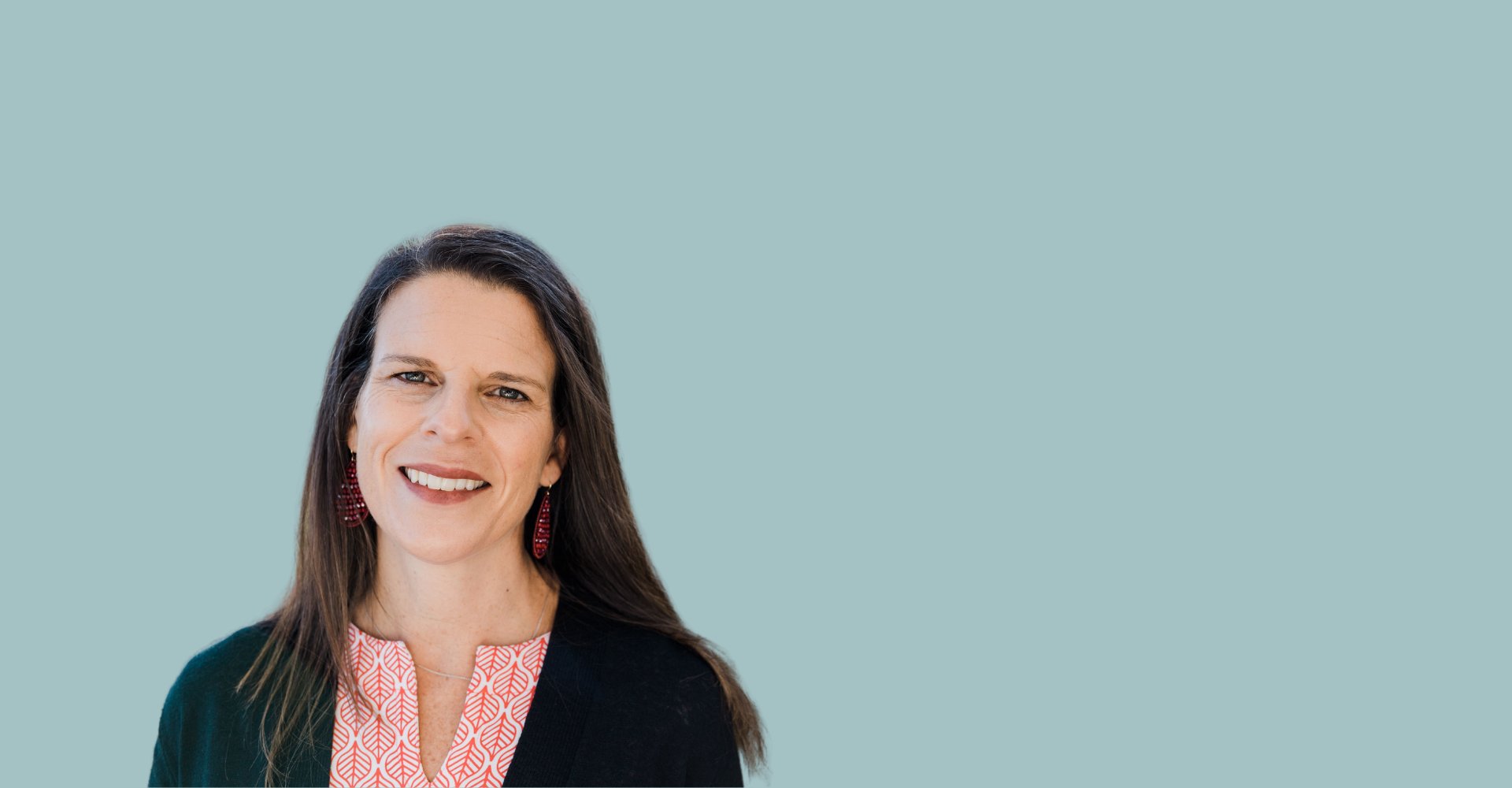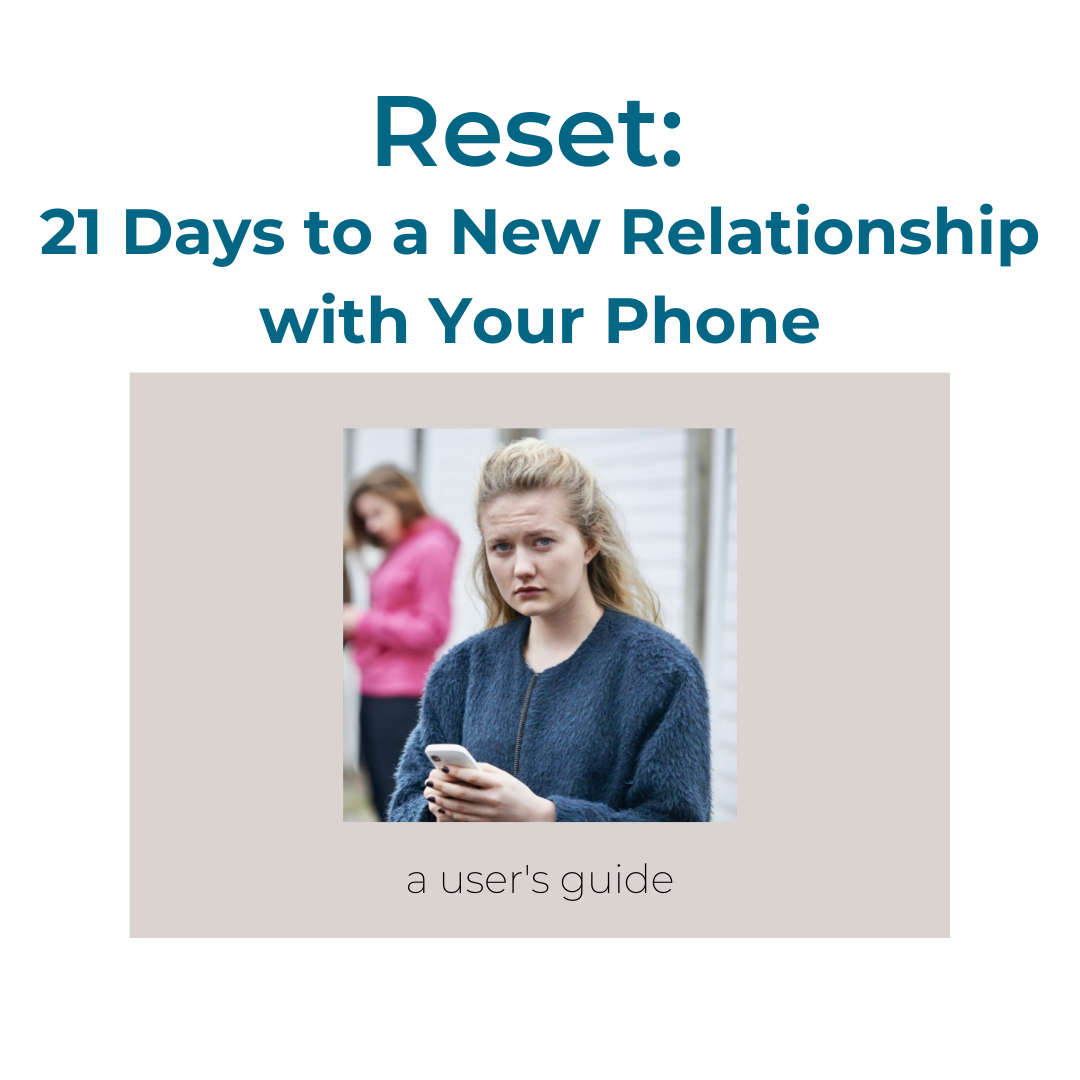
Human Flourishing for All.
I’m a digital wellness guide—because you don’t need to lose your soul by overusing your cell.
And I help nonprofits in their missions of human flourishing.
About Susan
I believe a soul is a beautiful thing to have, and a terrible thing to waste. Many of us are wasting our souls without realizing it by giving them away, a byte at a time, to our cell phones and other devices. Let’s stop doing that, together.
I’m passionate about helping women identify their life-sucking digital habits and learn new practices that help them thrive.
I also care deeply about flourishing for every human, in every setting, and that’s why I work with nonprofits committed to advancing good in the world.
Digital Wellness Resources
blog
My takes on all things screen and how you can navigate through and flourish.
freebies
Check out my free offers - curated lists, gift guides, pretty lockscreens, and more!
guide
My 21-Day Guide has all the info you need to, step-by-step, get cell-control.






